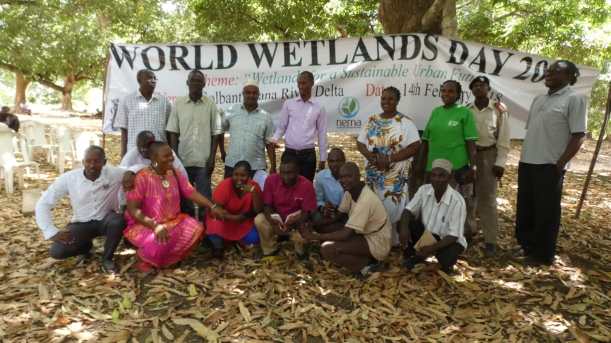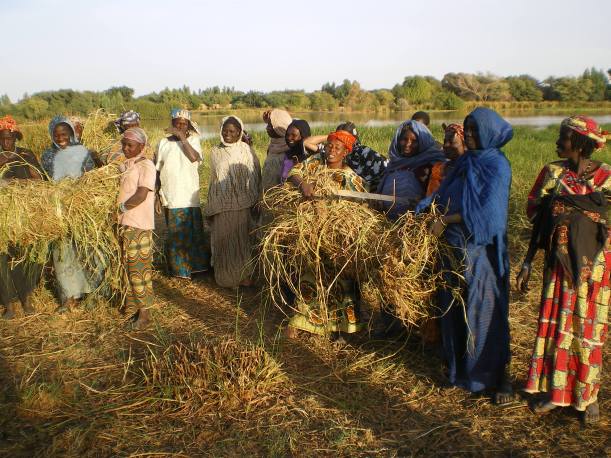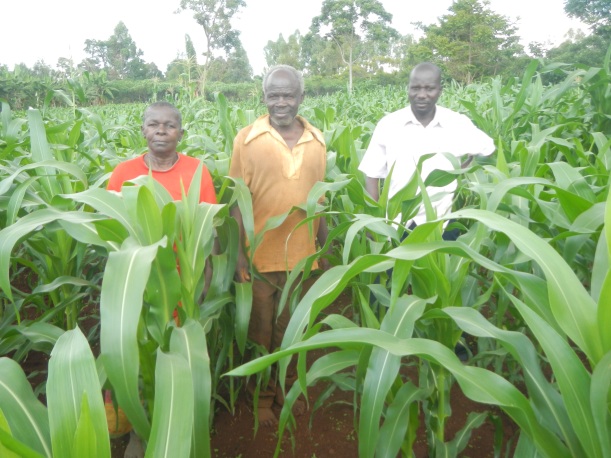Welcome to the fourth and final instalment of the Darwin Initiative “Collaborations in Conservation” blog series. The project featured in this blog post is working with communities in the Dja Faunal Reserve, Cameroon to reduce the occurrence of illegal hunting. This article highlights that strong partnerships can only be established through a secure foundation of trust and mutual understanding between local communities and NGOs.
To read the full series please follow the links for the first, second and third blog posts.
Managing expectations in development and conservation
Ask anyone who has been working in international development or wildlife conservation in the past thirty years what the main challenges of working with the rural poor are, and the chances are that they would list “managing expectations” in their top three.
With the introduction of integrated conservation and development projects, participatory processes and trying to find ‘win-wins’ for people and wildlife has come the recognition that if people are being asked to modify their working practices, then they should receive some sort of benefit. What the benefits actually are, the amount of time they take, and the value of the benefit are areas where often there is a difference in perception between the ‘donor’ and the ‘beneficiaries’ and the direction they are heading.

Manfred Epanda from AWF presenting the format of the signing of reciprocal environment agreements to Ekom villagers, Credit – FCTV
This can often be the case when well-resourced NGOs interact with people living in poverty and aim to change situations based on principles of ‘doing the right thing’. All very admirable, but in order to change, people need options, and incentives. It can’t just be stick and no carrot.
The situation gets worse if expectations of the benefits are not met. In our experience, engaging with a community that has been a ‘partner’ in interventions where local communities felt ‘let down’ or promised more than what was actually delivered, is a far harder task than working with people who have no previous interactions with well-meaning NGOs.
One model that we increasingly rely on is based on working under some sort of agreement. We can call them ‘Conservation Partnerships’ or ‘Reciprocal Environmental Agreements’ the idea being – that if we’re asking for change, we need to pay. The payment is rarely monetary based, but from the very beginning of the project we are clear about what we want to see happen and what the benefits will be if people engage. Working under written agreements is part of the process because it helps to deliver clarity, responsibility, and commitment to action – from both the donor and the beneficiary.

Reciprocal environment agreements were signing for alternative protein source support (effective fishing and cocoa production) Credit – FCTV
The people living in the northern buffer zone of the Dja Faunal Reserve (DFR) have had many years’ experience of working with Government agencies and NGOs, all looking to stop illegal hunting. Almost all of these interactions have been around conflict. Yes, it’s true that people have been breaking the law; it’s illegal to hunt anything in the DFR, or set snares, or take out trees. But when options are limited, law enforcement is weak or corrupt, and there are no incentives other than punishment if caught, it isn’t a surprise that tensions and conflict are a part of the daily struggle for survival.
After 16 months of discussions with the villagers that live alongside the DFR, agreements were signed that committed both sides of the party to various obligations. One of the very first things we had to do in order to show that we were genuine in our understanding of their circumstances was to deliver benefit. In return for agreeing to shift from hunting, we have taught them how to grow cocoa and market it so that they can earn an income. We have given them new fishing materials and taught them about water safety so that they can obtain more animal protein from fish, rather than just bushmeat. We know this will not completely solve the problem of illegal hunting, but it’s a start based on a clear understanding of what each party expects from one another.
For more information on project 24-005 led by Royal Zoological Society Antwerp in the Dja Faunal Reserve please click here. The full article for this project and many others have been features in the February 2019 Darwin Initiative newsletter that can be found here.






















